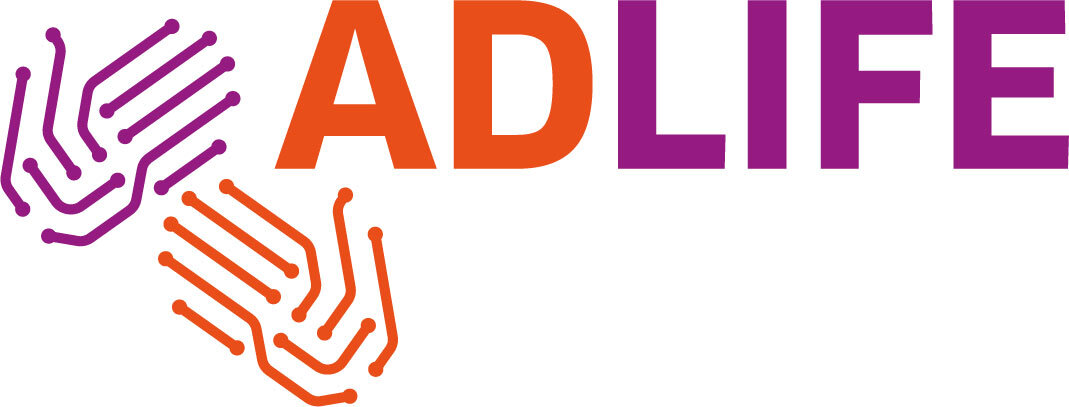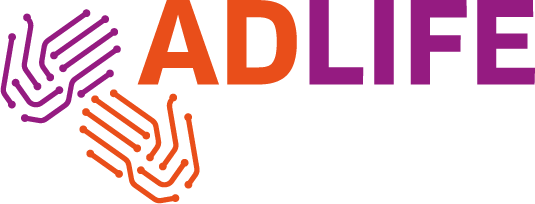ADLIFE’s Strategy for the Cultural Transformation of Questionnaires and PROMS
Nerea González Hernández from Kronikgune shares ADLIFE’s strategy for developing questionnaire standards to enable their use cross-culturally.
As the use of questionnaires for the collation of health data becomes increasingly common, it is essential to consider how these tools can be transferred across languages and cultural settings. Working with native language versions of patient data collection tools will enable researchers to achieve cultural diversity and reduce biases in their target populations (1), take part in international projects, and utilize tools that are adapted to different languages and cultures so their results can be compared across countries.
In the field of health sciences, questionnaires are a valued method for collating health data, particularly in the case of Patient Reported Outcome Measures (PROMS), tools completed directly by the subject or a proxy. There are many existing validated PROMs and health data questionnaires available, so this reduces the need for researchers to undertake the time-consuming processes of developing and validating new tools. However, not all these questionnaires and assessment tools are available in multiple native languages.
In the context of international projects, such as ADLIFE, it is essential to utilize translation methods and approaches to adapt questionnaires into different cultures and languages. The aim of this cross-cultural adaptation of questionnaires is not merely linguistic translation, but a consideration of conceptual, semantic, and cultural equivalence between the source- and target- language questionnaires(1). Ultimately, it is integral that the adapted versions of a questionnaire are easily understood by whom it will be completed. And to achieve this, standards are necessary.
In ADLIFE, several questionnaires (e.g., Barthel Index; Zarit Burden Interview) will be used to measure project outcomes, but not all are available in the seven languages of the consortium. Some already provide specific guidelines addressing the translation approach and linguistic validation, and international standards on this issue additionally assure the comparability and validity of translated instruments (2,3,4). Generally, the main steps of the cross-cultural adaptation procedure are almost the same, leading to the adoption of a new procedure in the ADLIFE Project.
The following guidelines showcase ADLIFE’s approach for the cross-cultural translation of questionnaires, comprised into four phases.
Phase 1: Translation into the target language
Two independent bilingual translators, whose mother tongue is the target language, are responsible for overseeing the translation of: (1) the questions; (2) response scales; (3) and instructions for each questionnaire. The research team are then responsible for moderating any disagreements and for producing the first version of the questionnaire in the target language. The aim of this phase is to obtain a translation conceptually equivalent to the original questionnaire that is easily understood by the target population.
Phase 2: Back-translation into the original language
Two independent translators, whose mother tongue is the source language, are responsible for translating the version obtained in Phase 1 back into the original language. Once the research team receives both back-translations, they must re-create a single back-translated version, examine the items for equivalence and differences, and work towards the most equivalent version to the original possible. This version should then be sent to the original author of the validated tool for approval.
Phase 3: Feasibility of administration and understanding of the final version
This phase includes two steps: harmonization and cognitive debriefing.
Harmonization
Harmonization consists of comparing the different back-translations of the questionnaires with each other and the original questionnaire, to identify discrepancies between them.
The task coordinator is responsible for overseeing this activity. The aim is to identify items which can be conceptually problematic in one or more languages. If this occurs, translation alternatives should be offered and discussed with the individuals working on that translation task, to achieve a suitable solution.
Cognitive debriefing
This new version is then to be tested by individuals from the target population (at least 10), which for ADLIFE, will include individuals with chronic obstructive pulmonary disease and congestive heart failure. The cognitive interview technique should be utilized for the observation of each participant's thought process and interpretation of the questions, response scales, and instructions of the questionnaire. A group of experts (at least 3) in the target pathology should also be interviewed for their assessment of the tool (content, clarity, and format).
The cognitive interview asks respondents what they think the question is asking, whether they could repeat the question in their own words, and what comes to their mind when they hear a particular phrase or term. The following inquiries are recommended for each question:
Were the instructions clear and easy to understand? If not, what should be changed?
Did you experience any difficulties in answering this question? If yes, what was the difficulty?
What do you think the question means? Explain it in your own words.
Would you rephrase the question? If so, how?
Is it an important question for your situation? Why?
Did you find it difficult to understand the response options?
What do you think each response option means? Please explain in your own words.
Items and/or response scales that are identified as problematic should be discussed by the research team.
Phase 4: Generation of the final version of the questionnaire
The information provided by patients and experts is then to be pooled, with changes made in response to the interviews so that the final version of the questionnaire is obtained. This final result is the version to be deployed in ADLIFE.
REFERENCES:
Hall, D. A., Zaragoza Domingo, S., Hamdache, L. Z., Manchaiah, V., Thammaiah, S., Evans, C., et al., (2018). A good practice guide for translating and adapting hearing-related questionnaires for different languages and cultures. International journal of audiology, 57(3), 161–175. https://doi.org/10.1080/14992027.2017.1393565
Beaton DE, Bombardier C, Guillemin F, Bosi-Ferraz M (2000). Guidelines for the process of cross-cultural adaptation of self-report measures. Spine 25: 3186-91.
Guillemin F, Bombardier C, Beaton D (1993). Cross-cultural adaptation of health-related quality of life measures: literature review and proposed guidelines. Journal of Clinical Epidemiology 46: 1417-32.
Acquadro C, Conway K, Hareendran A, Aaronson N, European Regulatory Issues and Quality of Life Assessment (ERIQA) Group. Literature review of methods to translate health-related quality of life questionnaires for use in multinational clinical trials. Value Health. May-Jun 2008;11(3):509-21. doi: 10.1111/j.1524-4733.2007.00292.x.



